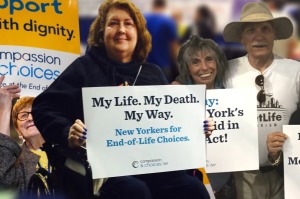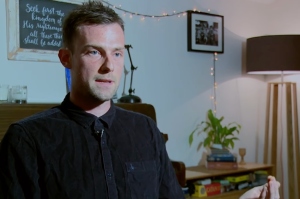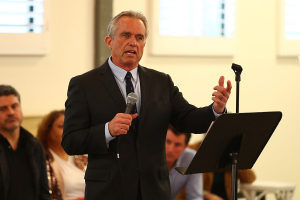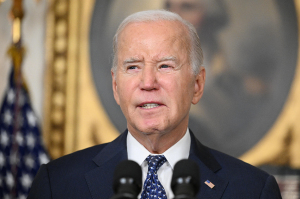Crowded Classrooms
JACKSONVILLE, Fla. -- It's a simple equation for the most mathematically challenged. You have 33 teenagers in a classroom and you need to check their outlines to make sure each of the students is on track for writing a research paper. Budgeting three minutes for each, you determine it will take two 55-minute class periods to complete your task, utilizing five minutes for both opening and closing instructions each day.
Two days to simply make sure the students are on track for writing a major paper.
Class size is important; those who are running around challenging educators with statements like, "No studies have ever proven that smaller class size improves student learning," need to regularly have their head examined or spend one day in an overcrowded public school.
But, alas, depending on where you are, class size is not an issue and therefore becomes somehow a leftist plan to destroy one of the last American strongholds, the local public school district.
Funny how when put to the test, many decry our public schools as places of evil indoctrination, while solutions to help solve the crisis have rarely seen the light of day from that same quarter.
Interesting that folks would not see fit to give up on a system like Social Security, for example, but make sure to poke their noses in when their dollars are on the line.
Let me gently suggest the same intervention here into what is surely one of our greatest national crises along with the rising cost of healthcare, prescription drugs for the elderly and the sanctity of life for all persons.
Because I now live in Florida, don't mistake my concern for support of a recent amendment mandating smaller class sizes by the year 2010. The idea of legislating class size through the states' constitution is repugnant to me -- and falls short of any real solution.
There are plenty of factors to consider when talking about crowded classrooms. There is a huge teacher shortage in our nation, and despite talk to the contrary, it has not crept up on us. When I began to take education classes in the 1980s, I did so knowing that a tremendous shortage was predicted for the early part of this century. What I didn't have back then was the reality I faced in teaching in an overcrowded close-to-urban school district in Georgia.
In November, three long months into the school year, for example, Georgia's teacher recruitment website still shows 352 vacancies -- some clustered in major cities, others spread throughout the state.
In New York, California and Florida there are documented shortages and programs designed to try and help ease more teachers into classrooms. Even overseas in London, educrats face similar challenges in filling teacher and head post positions.
But even if we figured out a quick solution to attracting more teachers to classrooms, where would they go? In some districts portable classroom trailers are rising in tandem with new buildings. For every overcrowded classroom, the trailers, supposedly designed as "temporary" measures, give a whole new meaning to crowded hallways (the ones students use to traverse to and from lockers and between classes), environmental concerns and safety.
At my school in Georgia, there were 45 classrooms inside and 43 trailers outside -- at a school built for 900 with more than 2,000 students registered. Some of the new trailers installed at the end of the last school year obliterated the girls' soccer and the band's practice field. Others blocked the main entrance to the school. Nearly all were inaccessible to handicapped teens, not wired for computer use, and largely handed off to first-year or new teachers who were supposed to "tough it out."
One way to knock down class size at that school would have been to do away with the remedial, honors and advanced placement classes, and to add para-educators into the mix. Overloaded classes there might simply be a result of the distribution of students into various classes supposedly designed to meet those students' needs.
Not surprising, some of the most outspoken believers with children in public schools might also be the ones who push for more and more special programs, despite the truth that some of those programs, with a very low student-teacher ratio, promote a private/public education -- a system by which the average and more disadvantaged students suffer from overcrowding as a result of smaller classes for a few students.
If parents want a Cadillac education for their child, they should not expect to find it on a Ford or Chevrolet lot -- where the focus is on solid, not privileged education.
The need for more classrooms and the need for more educators might not be the answer that ultimately determines how to best teach our children. How we distribute those children and utilize other, maybe radical even, alternatives to how we teach might offer a better solution to our national crisis.
So before we absolutely determine that more teachers and more classrooms are needed to improve education, let's put our heads together as good stewards and look at how thinking outside the box might help.
Let's look at the schools which have carefully managed growth and are still seeing results. Let's think carefully and look at the big picture.
When faced with a dilemma, Jesus typically didn't give the answers people expected. Sidestepping tradition, he instead challenged the disciples with radical reactions to the challenges of the day.
Let's make a difference in our world. Let's be good stewards of our public schools and ultimately the minds of our nation's children. Get involved.
By Joni B. Hannigan




























